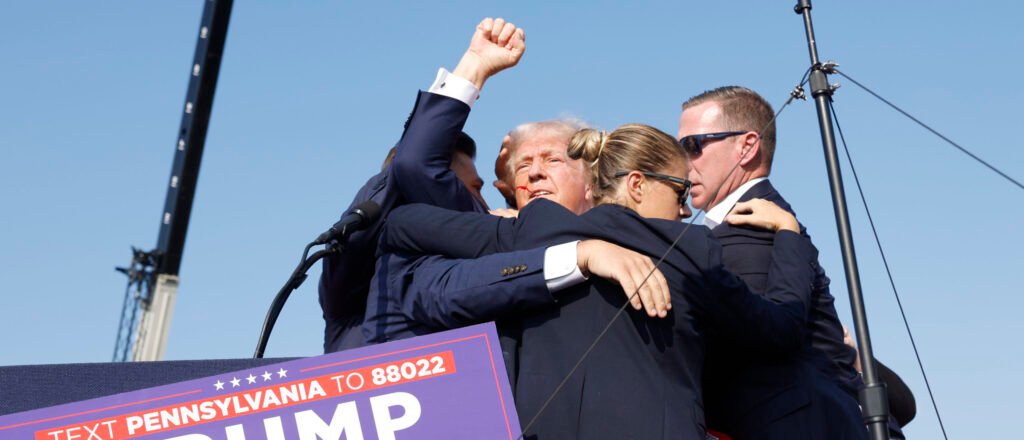Secret Service Failed to Act on Threat Prior to Trump’s Assassination Attempt
A senior official within the US Secret Service was aware of a “classified threat” to President Donald Trump’s life ten days before an attempted assassination in Butler, Pennsylvania, on July 13, 2024. However, this information was never communicated to the agents assigned for his protection, according to a report released by a federal watchdog on Saturday.
The Government Accountability Office (GAO) discovered that the threat information given to Secret Service leadership nearly two weeks prior did not reach the field teams. They described this lapse as a result of “siloed practices” in sharing classified information among agencies. The report noted that the Secret Service lacked a process for sharing classified threat information unless it was deemed an imminent threat to life.
The nature of this threat remains undisclosed, but it’s been indicated that Secret Service officials regarded it as “highly categorized.” Additionally, the report pointed out that this information couldn’t be shared more broadly because it came with restrictions from the intelligence community.
It was revealed that the Secret Service’s failure to disseminate classified threat information to partners who could be critical in security operations was problematic. Moreover, the information itself was general and not specific to the Butler event.
A special agent in charge of the Pittsburgh Field Office, responsible for the area where the rally took place, claimed he was unaware of the threat in advance. Had he received this threat information, he could have potentially requested extra resources, such as ballistic glass and an advanced counter-sniper team.
The report also highlighted concerns regarding the capabilities and preparation of the Secret Service agents who were present at the rally. Out of 14 agents interviewed, five admitted they had to rely on their personal judgment and past experiences due to inconsistent guidance on protection protocols.
Furthermore, the Secret Service reportedly did not have operational drones during the rally. Some drones faced issues related to malfunctioning, while others were mismanaged by inexperienced personnel.
The assassination attempt resulted in the death of firefighter Corey Comperatore, leaving two others injured, while Trump narrowly escaped injury when a bullet grazed his ear.
















